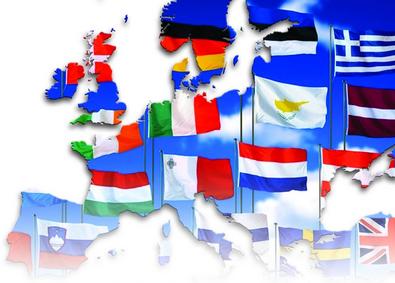Quantity surveyor Franklin + Andrews makes its annual appraisal of the costs of building and maintaining a standard factory in 14 European countries and finds the familiar north-south divide

If you are a manufacturer wondering where to put up a factory, the advice should be: don’t build it in the UK. At least, this is the conclusion from Franklin + Andrews’ latest research showing the whole-life costs of building and operating a factory in 14 European countries over a 25-year period.
For most manufacturers the most important question is: which is the most cost-efficient location in Europe? Comparing costs across a number of European countries, all of which will be at different phases in their economic cycle, means that the tables are at best snapshot views.
Capital costs will vary not only according to how wealthy the country is but on whether that country is experiencing boom or bust. Countries in recession usually have lower construction costs. Energy is not necessarily more expensive in wealthy countries – Sweden has the highest construction cost but is the cheapest for energy and utilities. And labour forces vary widely in wage rates and productivity.
Franklin + Andrews’ Cost Research Unit has tried to answer these complex questions by comparing the whole-life costs for a generic 2250 m2 factory over 25 years across 14 European countries.
To make a meaningful comparison, variables such as local building regulations, land costs, taxation regimes and funding issues have been stripped out.
For a full breakdown of occupancy costs see www.building.co.uk/eurocosts
Vorsprung durch technik
The cost and productivity of labour is a significant factor in the cost of operating a building. The impact of this depends on the type of activity and will have a bigger impact on labour-intensive jobs such as cleaning or security. This labour performance table takes account of a range of factors including working environment, climate skills and applied training. It compares labour costs across Europe with the UK, which has a factor of 1.00. Germany and Belgium top the productivity league, while Greece languishes at the bottom with a factor of 1.45. If this table is read in conjunction with average salaries it gives a good idea of which countries provide the best value for money for labour-intensive activities.
Downloads
A high price in Sweden
Other, Size 0 kbPortugal: bargain-hunters’ paradise
Other, Size 0 kbIt’s cheaper down south
Other, Size 0 kbBolt from the blue
Other, Size 0 kb
























2 Readers' comments